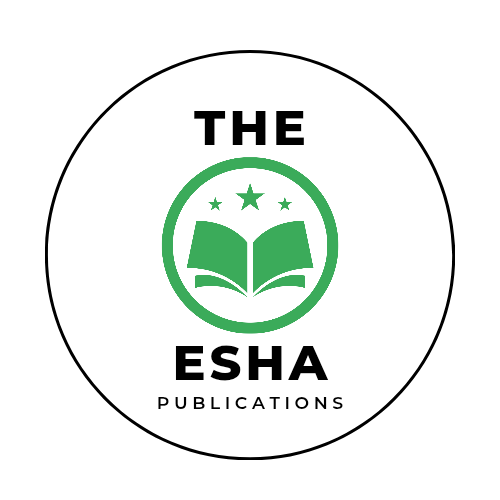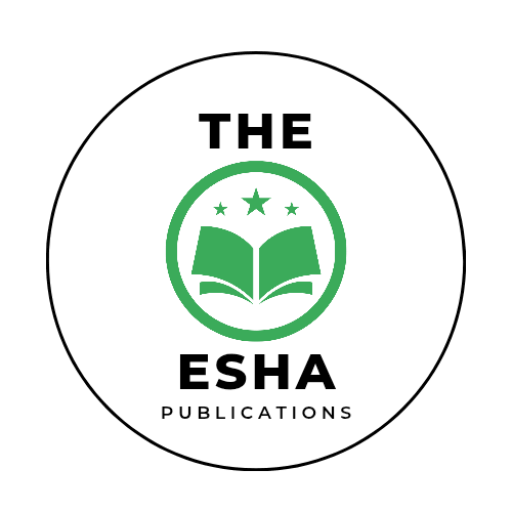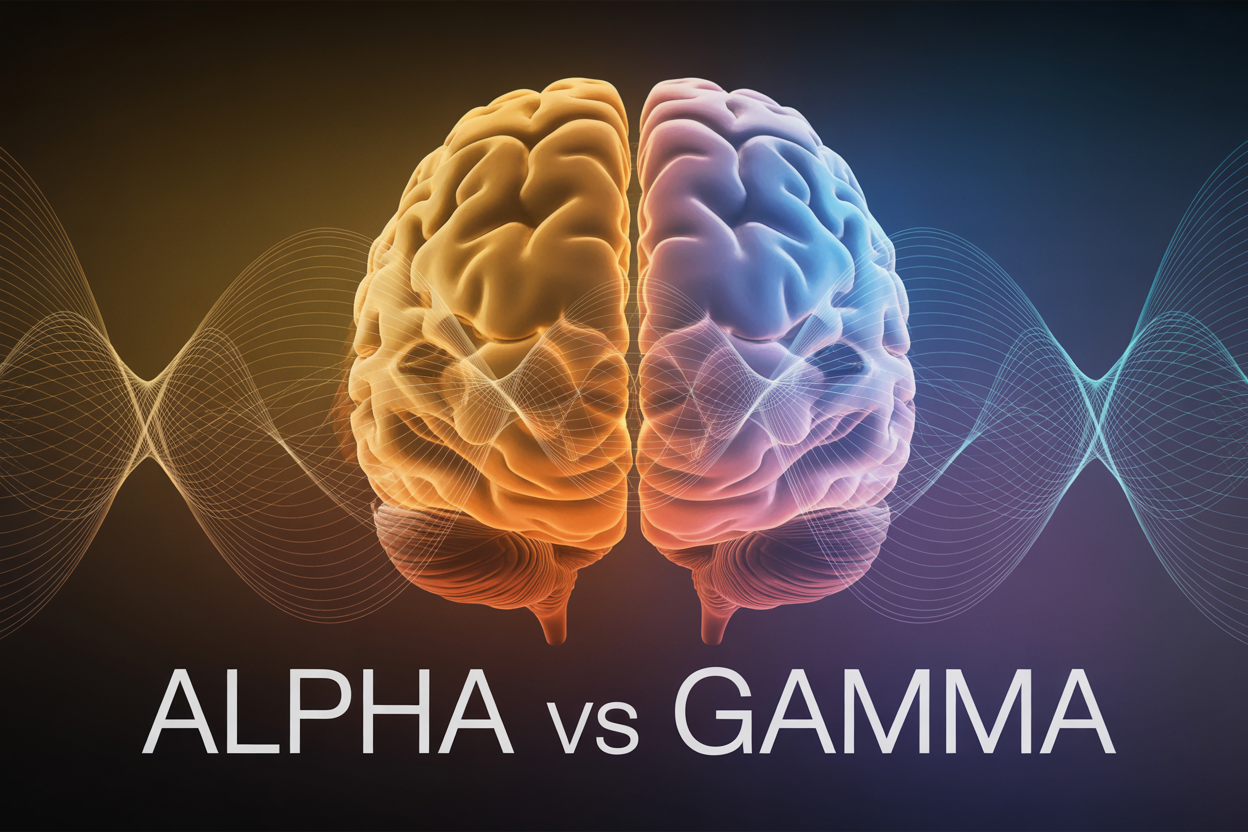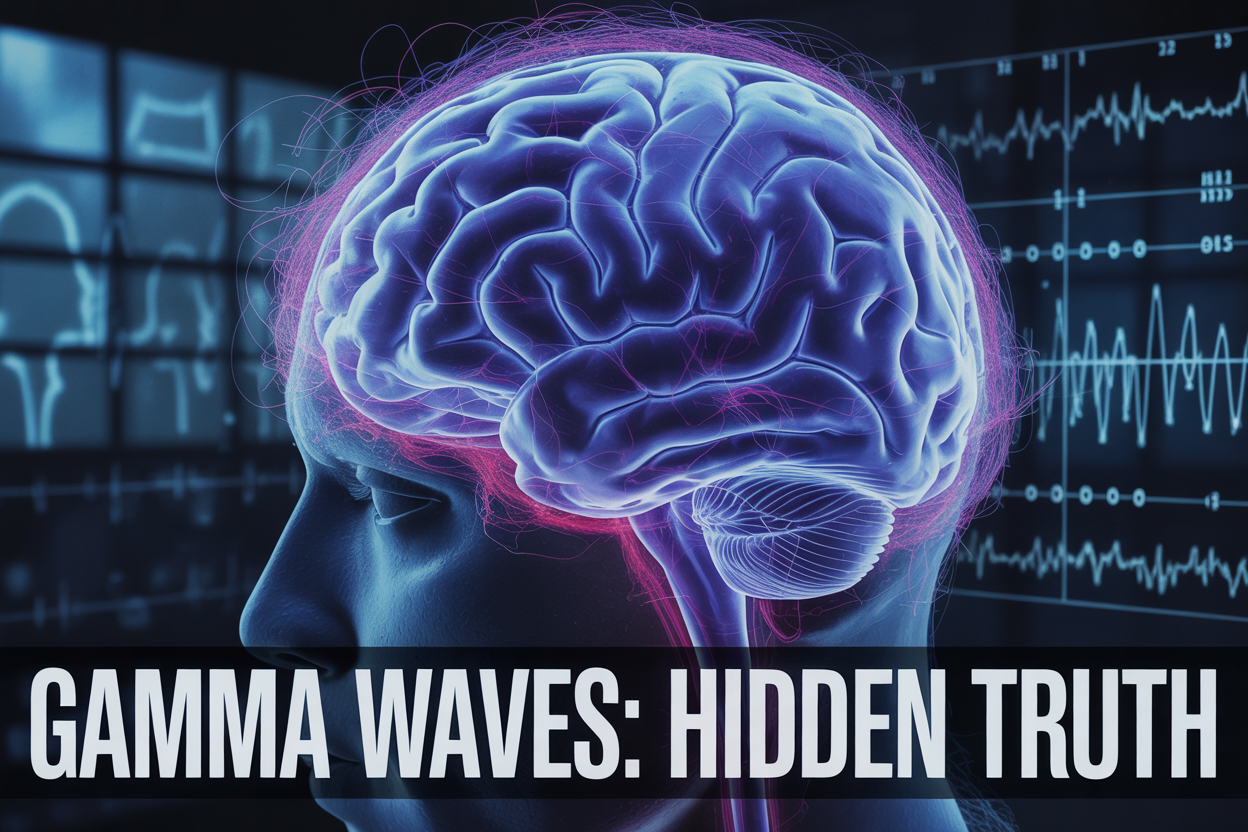Finding the best diet food for protein can make or break your weight loss journey. This guide is perfect for anyone serious about dropping pounds while maintaining muscle mass and feeling satisfied after meals.
High protein diet foods work because they boost metabolism, reduce cravings, and help you feel full longer. The trick is knowing which protein sources deliver the most bang for your caloric buck.
We’ll break down the top animal-based protein sources that pack serious nutritional punch without excess calories. Then we’ll explore plant-based protein powerhouses that work just as well for weight loss. Finally, you’ll discover protein-rich snacks that actually help accelerate fat loss instead of sabotaging your progress.
Ready to turn protein into your secret weight loss weapon? Let’s dive in.
Understanding High-Protein Diet Foods for Weight Management
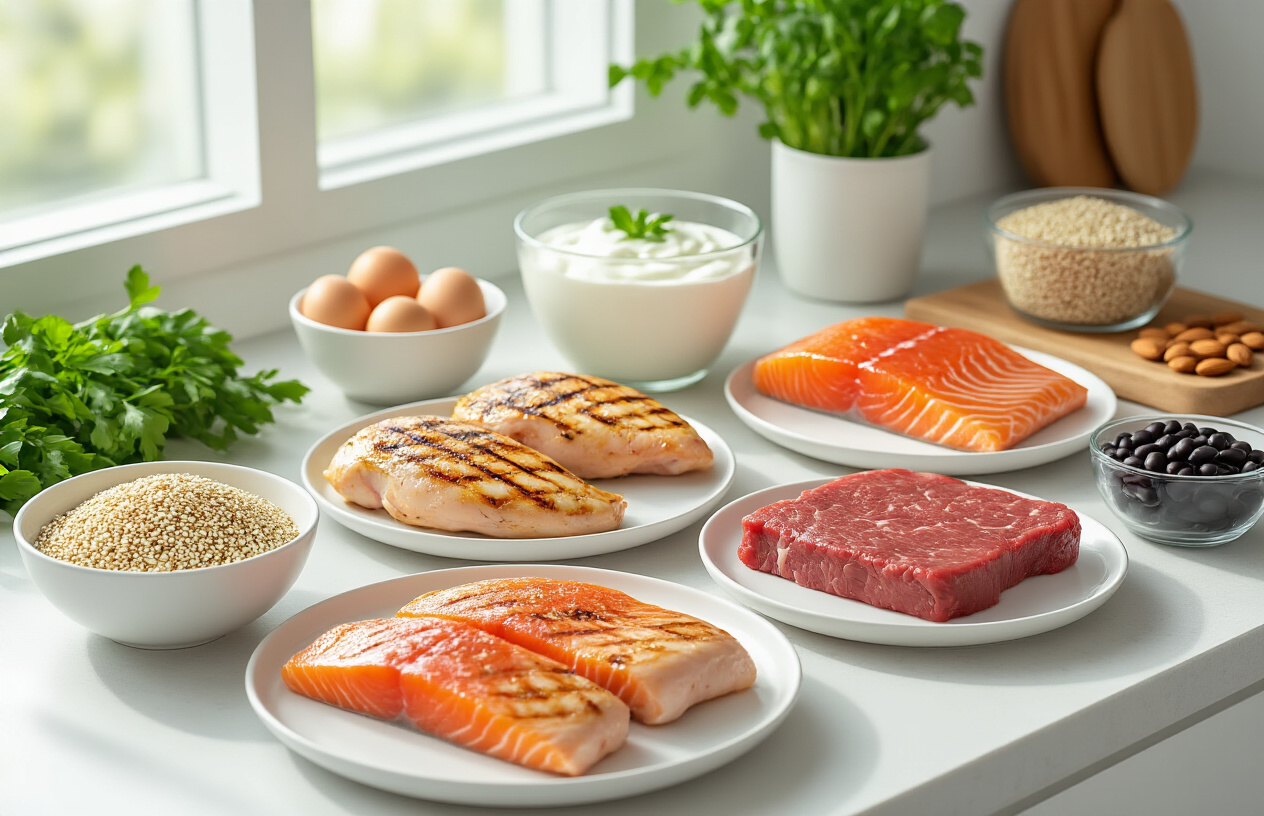
Why protein accelerates fat burning and metabolism
Protein works like rocket fuel for your metabolism, cranking up your body’s calorie-burning engine in ways that carbs and fats simply can’t match. This metabolic boost happens because your body burns significantly more energy digesting and processing high protein diet foods compared to other macronutrients – a phenomenon called the thermic effect of food.
Your metabolism increases by 20-30% when breaking down protein, while carbs only bump it up by 5-10% and fats barely register at 3%. This means eating protein rich foods for dieting automatically forces your body to work harder and burn more calories throughout the day, even while you’re sitting at your desk or sleeping.
Best protein foods for weight loss also trigger the release of hormones that signal fat-burning mode. Protein consumption increases glucagon production, which tells your body to tap into stored fat for energy. Meanwhile, it helps stabilize insulin levels, preventing the dramatic spikes that typically lock fat cells and make weight loss nearly impossible.
How protein reduces hunger and controls cravings
Protein acts as your personal appetite bodyguard, fighting off hunger pangs and food cravings with remarkable effectiveness. When you eat lean protein sources, they trigger the release of satiety hormones like GLP-1 and PYY, which send powerful “full” signals to your brain that last for hours.
High protein low calorie foods also directly influence ghrelin, your primary hunger hormone. Studies show that people who eat protein-rich meals experience up to 60% less ghrelin compared to those eating carb-heavy meals. This translates to fewer between-meal snack attacks and less mindless eating throughout the day.
The amino acids in protein also help regulate blood sugar levels, preventing the energy crashes that typically trigger intense cravings for sugary or starchy foods. When your blood sugar stays stable, your brain doesn’t panic and demand quick-fix calories, making it much easier to stick to your diet plan.
The role of protein in preserving muscle mass during weight loss
Your muscle tissue becomes incredibly vulnerable during calorie restriction, and protein serves as its primary defense system. Without adequate protein intake, your body starts cannibalizing muscle tissue for energy, which destroys your metabolism and leaves you with a soft, flabby appearance even after losing weight.
Healthy protein foods for dieters provide the essential amino acids your muscles need to maintain their structure and function during weight loss. Research shows that people consuming adequate protein (around 1.2-1.6 grams per kilogram of body weight) retain significantly more muscle mass while dieting compared to those on low-protein plans.
Maintaining muscle mass isn’t just about looking toned – it’s about keeping your metabolic rate high. Muscle tissue burns calories 24/7, even at rest, so preserving it ensures your metabolism doesn’t crash as you lose weight. This muscle-sparing effect of protein makes the difference between temporary weight loss and lasting body transformation.
Top Animal-Based Protein Sources for Dieters
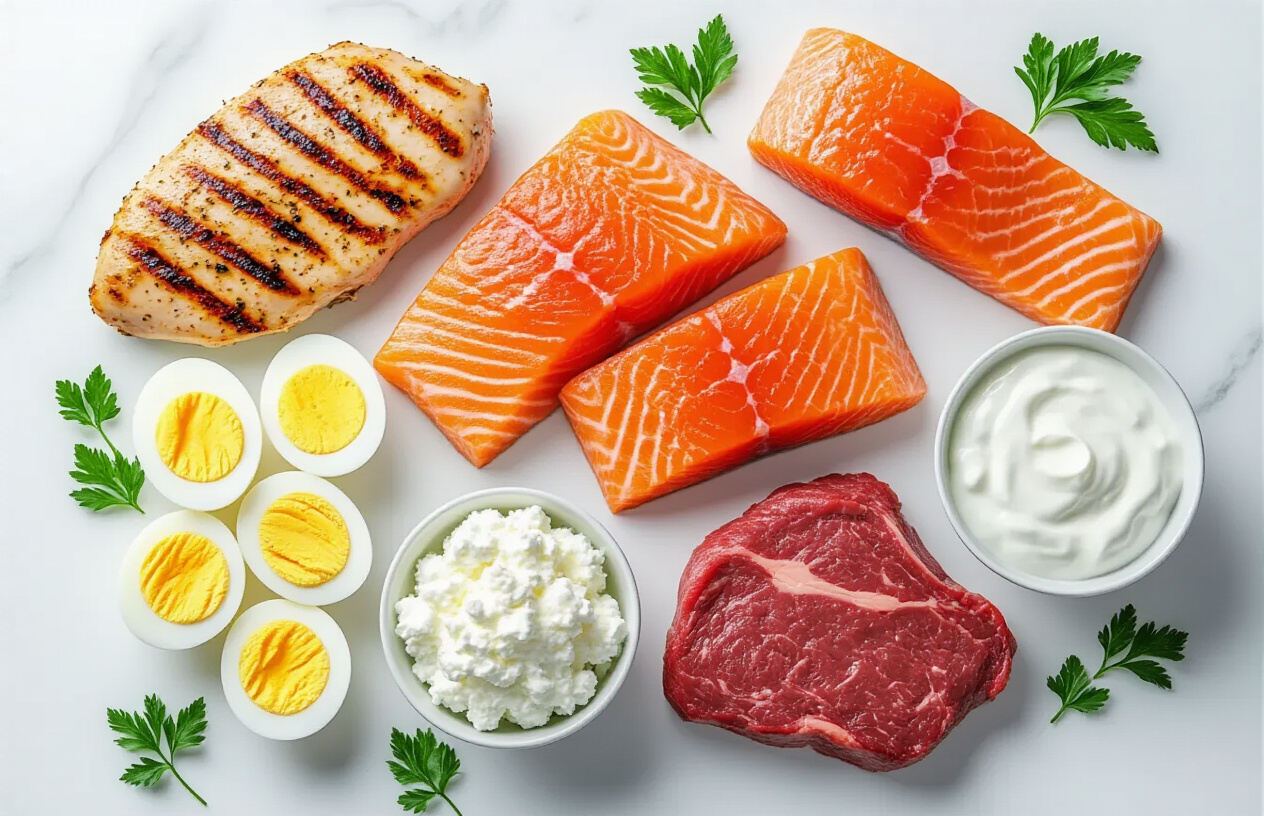
Lean Chicken Breast and Turkey for Maximum Protein Per Calorie
Chicken breast stands as the gold standard among high protein diet foods, delivering roughly 31 grams of protein per 100 grams while containing just 165 calories. This exceptional protein-to-calorie ratio makes it perfect for dieters who want to maintain muscle mass while creating a caloric deficit. Skinless chicken breast contains virtually zero carbohydrates and minimal fat, making it one of the purest lean protein sources available.
Turkey breast offers similar benefits with 29 grams of protein per 100 grams and only 135 calories. Ground turkey (93% lean) provides versatility for meal preparation while maintaining excellent nutritional value. Both poultry options are complete proteins, containing all nine essential amino acids your body needs for optimal muscle maintenance during weight loss.
The beauty of these best protein foods for weight loss lies in their versatility. You can grill, bake, poach, or slow-cook them with various seasonings and herbs without adding significant calories. Meal prep becomes effortless when you batch-cook these proteins for the week ahead.
Fish and Seafood Options That Boost Weight Loss
Seafood provides some of the most nutrient-dense protein rich foods for dieting. White fish like cod, haddock, and tilapia offer 20-25 grams of protein per 100 grams with fewer than 100 calories. These high protein low calorie foods are incredibly filling and support metabolic health through their omega-3 fatty acid content.
Salmon, despite being higher in calories at 208 per 100 grams, provides 25 grams of protein along with heart-healthy omega-3s that can actually enhance fat burning. The healthy fats in salmon help regulate hormones involved in appetite control and metabolism.
Shellfish deserve special recognition for their protein density. Shrimp contains 24 grams of protein per 100 grams with only 99 calories. Crab, lobster, and scallops offer similar profiles. These animal based protein diet staples are also rich in zinc and selenium, minerals that support thyroid function and metabolic rate.
| Seafood Type | Protein (per 100g) | Calories | Key Benefits |
|---|---|---|---|
| Cod | 23g | 82 | Ultra-lean, mild flavor |
| Salmon | 25g | 208 | Omega-3s, hormone support |
| Shrimp | 24g | 99 | Low-calorie, versatile |
| Tuna | 30g | 144 | High protein density |
Egg Whites and Whole Eggs for Versatile Meal Planning
Eggs rank among the most complete and bioavailable proteins available. One large whole egg provides 6 grams of high-quality protein for just 70 calories, while egg whites contain 3.6 grams of protein for only 17 calories. This makes egg whites particularly valuable for dieters seeking maximum protein with minimal calories.
Whole eggs offer additional benefits through their healthy fats and choline content, which supports brain function and metabolism. The yolk contains vitamins D, B12, and folate that are often lacking in restrictive diets. Many successful dieters combine whole eggs with additional egg whites to boost protein content while controlling calories.
The versatility of eggs makes them perfect for any meal. Scrambled eggs with vegetables, hard-boiled eggs as snacks, or egg-based protein pancakes provide endless options for incorporating these healthy protein foods for dieters into your routine.
Greek Yogurt and Cottage Cheese for Satisfying Snacks
Greek yogurt transforms snacking for dieters by providing 15-20 grams of protein per serving while delivering probiotics that support digestive health. The thick, creamy texture creates lasting satiety that helps prevent between-meal cravings. Choose plain, non-fat varieties to maximize protein while minimizing added sugars and calories.
Cottage cheese offers similar benefits with 14 grams of protein per half-cup serving. Low-fat cottage cheese contains casein protein, which digests slowly and provides steady amino acid release for hours. This makes it an excellent choice for evening snacks or post-workout recovery.
Both dairy options work beautifully in sweet and savory applications. Mix Greek yogurt with berries and a drizzle of honey, or blend cottage cheese into smoothies for extra creaminess. These protein snacks for diet success help bridge the gap between meals while supporting your weight loss goals through sustained protein synthesis and appetite control.
Plant-Based Protein Powerhouses for Diet Success
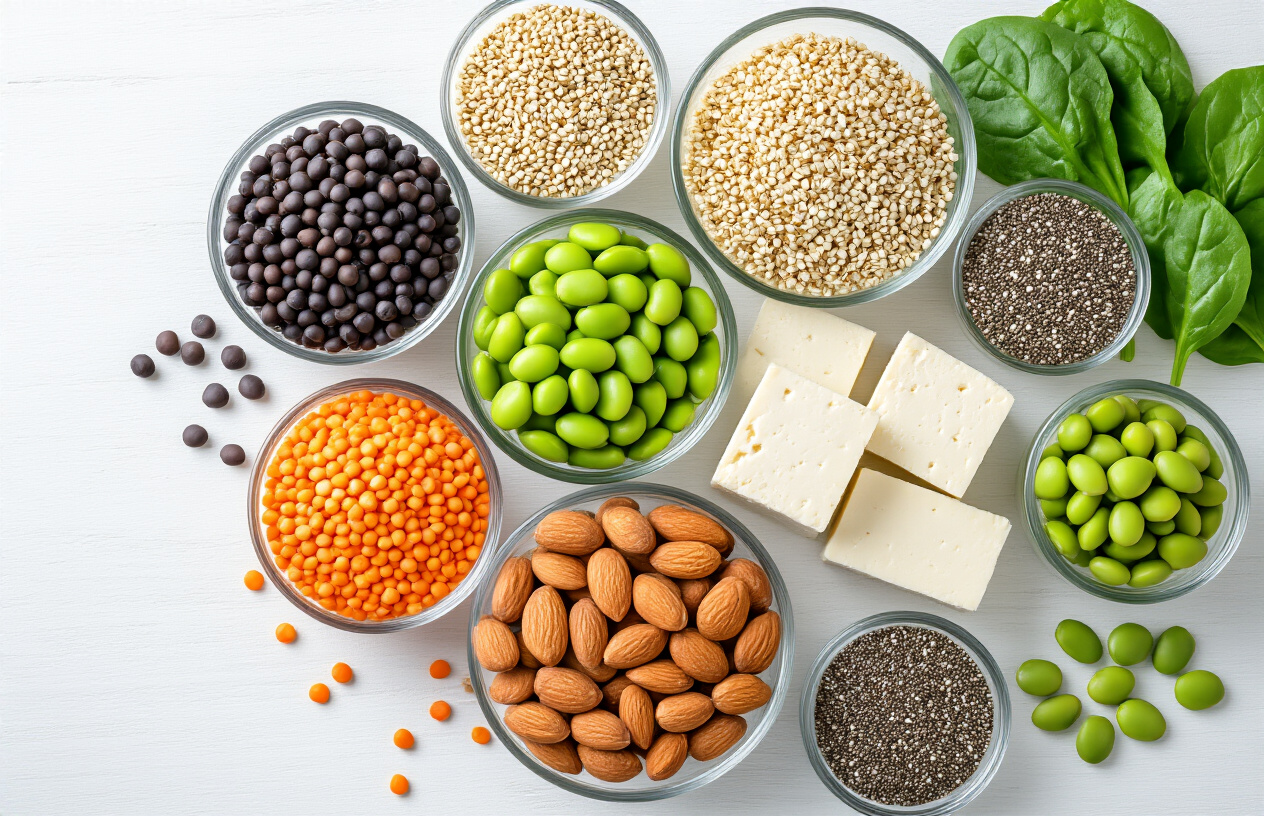
Legumes and beans that keep you full longer
Legumes and beans are absolute champions when it comes to plant based protein for weight loss. Black beans pack 15 grams of protein per cup while delivering impressive fiber content that keeps hunger at bay for hours. Chickpeas, lentils, and kidney beans offer similar protein profiles, making them some of the most effective high protein diet foods available.
What makes legumes particularly powerful for dieters is their dual-action approach. The protein content helps maintain muscle mass during weight loss, while the high fiber content creates lasting satiety. A single cup of cooked lentils provides 18 grams of protein and keeps blood sugar levels stable, preventing those afternoon energy crashes that lead to unhealthy snacking.
Navy beans, pinto beans, and lima beans each offer unique nutritional profiles while maintaining excellent protein density. These versatile ingredients work perfectly in soups, salads, and main dishes, giving you countless ways to incorporate protein rich foods for dieting into your daily meals.
Quinoa and other complete protein grains
Quinoa stands out as a rare plant-based complete protein, containing all nine essential amino acids your body needs. This ancient grain delivers 8 grams of protein per cooked cup, making it an excellent alternative to refined grains that lack substantial protein content.
Complete proteins are typically found in animal products, but quinoa breaks this rule entirely. Amaranth and buckwheat also provide complete protein profiles, though quinoa remains the most accessible option for most dieters. These grains work exceptionally well as rice substitutes or breakfast porridge bases.
| Grain | Protein per Cup | Complete Protein | Calories |
|---|---|---|---|
| Quinoa | 8g | Yes | 222 |
| Amaranth | 9g | Yes | 251 |
| Buckwheat | 6g | Yes | 155 |
The versatility of these grains makes meal planning simple. Use quinoa in Buddha bowls, amaranth in breakfast parfaits, or buckwheat in savory pilafs for consistent protein intake throughout your day.
Tofu and tempeh for meat-free protein variety
Tofu and tempeh represent the protein-packed powerhouses of soy-based foods. Extra-firm tofu contains 20 grams of protein per cup while remaining relatively low in calories, making it one of the best high protein low calorie foods for dieters. The neutral flavor profile allows tofu to absorb marinades and spices, creating endless meal possibilities.
Tempeh brings even more protein to the table with 31 grams per cup, plus beneficial probiotics from its fermentation process. This Indonesian staple offers a nutty, complex flavor that works brilliantly in stir-fries, grain bowls, or crumbled into pasta sauces as a ground meat substitute.
Both options provide complete proteins while offering significantly fewer calories than many animal-based alternatives. Marinated and grilled tofu can satisfy cravings for substantial, filling meals without derailing diet goals. Tempeh’s firm texture makes it perfect for meal prep, holding its shape and flavor throughout the week.
Protein-Rich Snacks That Accelerate Weight Loss
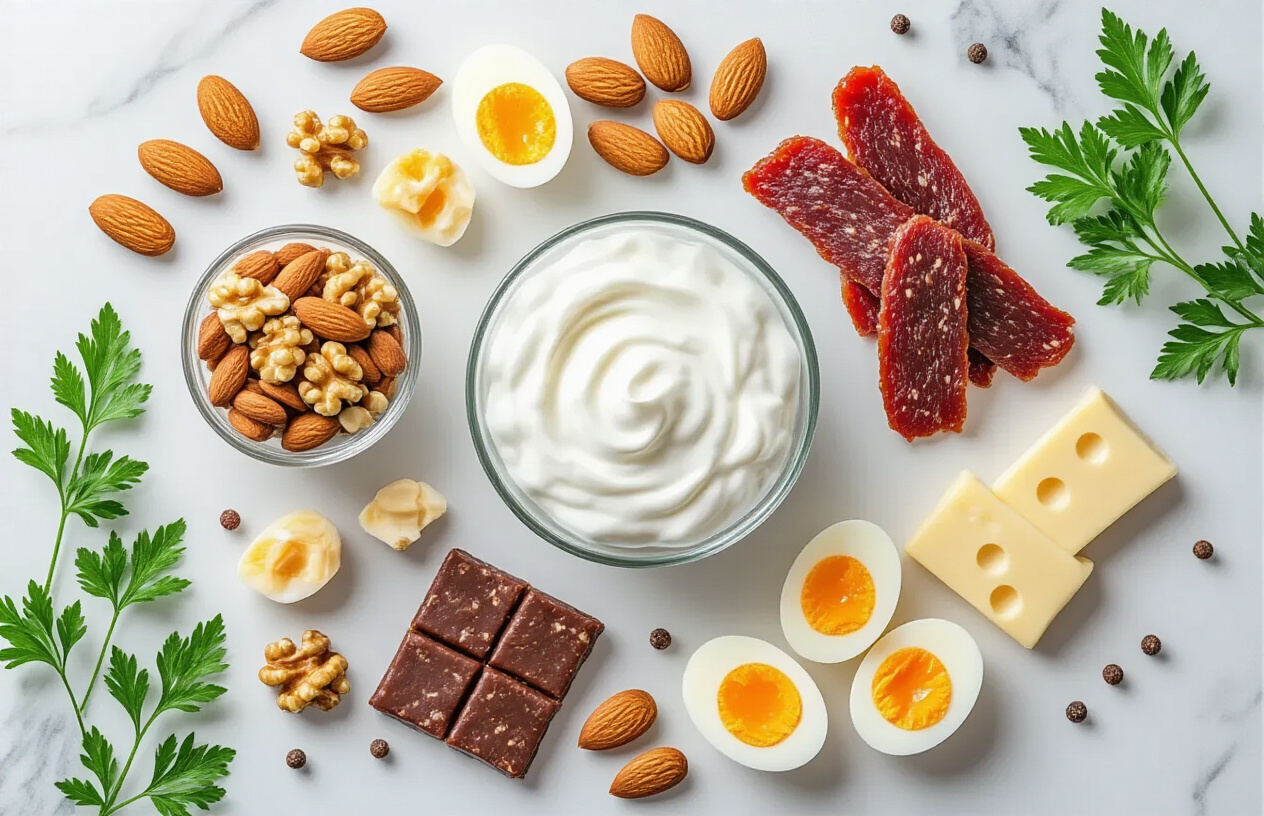
Nuts and Seeds for Portable Energy and Satiety
Nuts and seeds pack a powerful protein punch while delivering healthy fats that keep you satisfied for hours. Almonds lead the pack with 6 grams of protein per ounce, making them perfect protein snacks for diet success. Pumpkin seeds offer an impressive 9 grams of protein per ounce, while sunflower seeds provide 6 grams along with vitamin E.
The beauty of nuts and seeds lies in their portability and shelf stability. Keep small portions pre-measured in containers to avoid overeating, as these high protein low calorie foods can add up quickly. Walnuts, pistachios, and pecans all deliver quality protein while their fiber content helps control appetite.
Chia seeds and hemp hearts deserve special mention as complete proteins containing all essential amino acids. Mix them into yogurt, sprinkle on salads, or blend into smoothies for an easy protein boost. These tiny powerhouses also provide omega-3 fatty acids that support overall health during weight loss.
Protein Bars and Shakes for Convenient Nutrition
Protein bars and shakes offer unmatched convenience for busy dieters seeking protein rich foods for dieting. Quality protein bars should contain at least 15-20 grams of protein with minimal added sugars. Look for bars with whey, casein, or plant-based proteins as primary ingredients.
Protein shakes provide rapid absorption and can be customized to your taste preferences. Whey protein powder delivers all essential amino acids quickly, making it ideal post-workout. Plant-based options like pea, rice, or hemp protein work well for those avoiding dairy.
| Protein Source | Protein per Serving | Best Timing |
|---|---|---|
| Whey Protein | 25-30g | Post-workout |
| Casein Protein | 20-25g | Before bed |
| Plant Protein | 15-25g | Anytime |
Mix protein powder with water, unsweetened almond milk, or blend with frozen berries for a satisfying meal replacement that supports your weight loss goals.
Jerky and Dried Meats for On-the-Go Fuel
Jerky and dried meats represent some of the most concentrated lean protein sources available to dieters. Beef jerky typically provides 14 grams of protein per ounce with minimal fat and carbohydrates. Turkey jerky offers similar protein content with even fewer calories.
Choose jerky brands with minimal sodium and no added sugars to maximize the benefits. Grass-fed beef jerky provides higher quality nutrients, while salmon jerky delivers omega-3 fatty acids alongside protein. Biltong, a South African dried meat, often contains fewer additives than traditional jerky.
These portable best protein foods for weight loss require no refrigeration and satisfy cravings for savory, chewy textures that many dieters miss. The high protein content helps maintain muscle mass during calorie restriction while the satisfying texture helps control portion sizes naturally.
High-Protein Vegetables That Maximize Nutrient Density
While vegetables aren’t typically considered primary protein sources, several varieties provide surprising amounts of protein along with essential vitamins and minerals. Edamame leads this category with 17 grams of protein per cup, making it one of the most efficient high protein diet foods in the plant kingdom.
Green peas offer 8 grams of protein per cup along with fiber that enhances satiety. Broccoli provides 3 grams of protein per cup while delivering vitamin C, folate, and cancer-fighting compounds. Asparagus contains 4 grams of protein per cup with natural diuretic properties that help reduce bloating.
Spinach and other leafy greens contribute 2-3 grams of protein per cup while being extremely low in calories. Brussels sprouts provide 4 grams of protein per cup along with fiber and antioxidants. These healthy protein foods for dieters allow you to increase protein intake while loading up on micronutrients essential for optimal health and metabolism during weight loss.
Combining these high-protein vegetables with other protein sources creates satisfying, nutrient-dense meals that support sustained weight loss while preventing nutrient deficiencies common in restrictive diets.
Optimizing Protein Intake for Maximum Diet Results
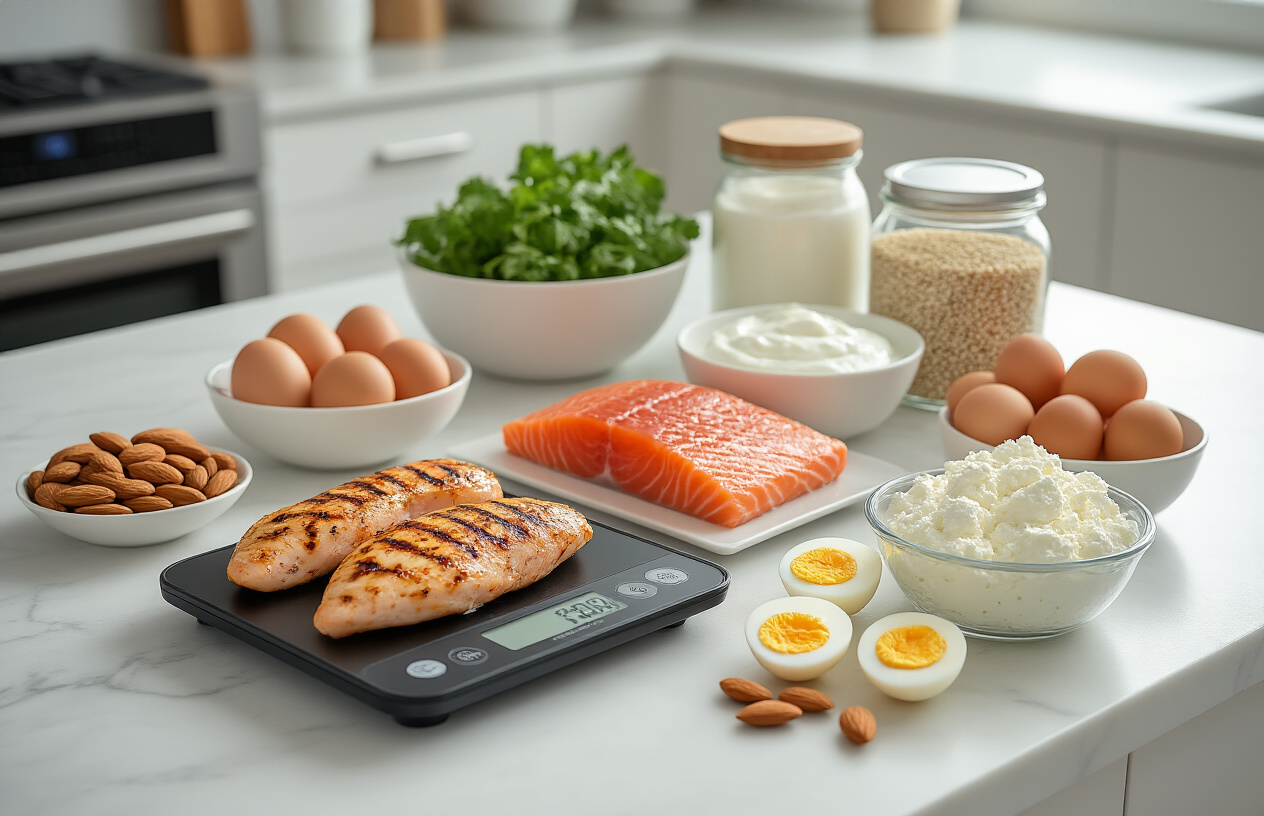
Calculating your daily protein needs for weight loss
Your protein requirements for effective weight loss depend on several personal factors. Most nutrition experts recommend consuming 0.8 to 1.2 grams of protein per pound of body weight when trying to lose fat while preserving muscle mass. For a 150-pound person, this translates to roughly 120-180 grams daily.
Active individuals and those doing strength training should aim for the higher end of this range. Age also plays a role – people over 50 may need slightly more protein to combat natural muscle loss. Your current body composition matters too; those carrying extra weight can calculate based on their goal weight rather than current weight.
Quick calculation method:
- Sedentary lifestyle: Body weight (lbs) × 0.8
- Moderately active: Body weight (lbs) × 1.0
- Very active/strength training: Body weight (lbs) × 1.2
Track your intake for a few days using a food app to see where you stand. Many people discover they’re eating far less protein than needed for optimal fat loss results.
Timing protein consumption throughout the day
Spreading your protein intake across meals and snacks helps maximize muscle protein synthesis and keeps hunger at bay. Rather than cramming most of your daily protein into dinner, aim for 20-30 grams at each meal.
Starting your day with high protein diet foods sets a positive tone. Research shows that eating protein-rich breakfasts reduces cravings and late-night snacking. Think eggs, Greek yogurt, or a protein smoothie rather than toast or cereal.
The “anabolic window” after workouts gets lots of attention, but don’t stress if you can’t eat immediately post-exercise. Having protein within 2-3 hours of training works just fine for most people.
Optimal daily timing:
- Breakfast: 25-30g protein
- Mid-morning snack: 10-15g protein
- Lunch: 25-30g protein
- Afternoon snack: 10-15g protein
- Dinner: 25-30g protein
- Evening snack (if needed): 10-20g protein
This approach keeps your metabolism humming and prevents the energy crashes that lead to poor food choices.
Combining proteins with other nutrients for better absorption
Your body doesn’t work in isolation – certain nutrient combinations enhance protein utilization while others can hinder it. Pairing your lean protein sources with complementary foods maximizes their diet benefits.
Vitamin C dramatically improves iron absorption from protein foods. Add bell peppers to your chicken stir-fry or squeeze lemon over your salmon. B vitamins, found in whole grains and leafy greens, help convert protein into usable energy.
Plant based protein for weight loss becomes more complete when you combine different sources. Rice and beans create a complete amino acid profile, as do hummus with whole grain pita or peanut butter on whole wheat bread.
Fiber slows protein digestion, which actually benefits weight loss by extending satiety. Include vegetables with your protein meals rather than eating them separately. The combination keeps you full longer and stabilizes blood sugar.
Healthy fats like olive oil, nuts, or avocado help absorb fat-soluble vitamins while adding satisfaction to meals. Just watch portions since fats are calorie-dense.
Avoiding common protein mistakes that sabotage diet goals
Many dieters unknowingly undermine their progress through protein-related missteps. The biggest error is inconsistent intake – eating very little protein some days and massive amounts others. Your body can’t store excess amino acids, so steady daily consumption works better than sporadic high doses.
Relying too heavily on protein powders and bars creates another problem. While convenient, these processed options lack the thermic effect of whole foods. Your body burns more calories digesting a chicken breast than a protein shake with identical macros.
Common mistakes to avoid:
- Eating protein without vegetables (missing fiber and micronutrients)
- Choosing high-sodium processed meats regularly
- Ignoring protein rich foods for dieting that you actually enjoy
- Drinking protein shakes as meal replacements too often
- Eating the same protein sources daily (nutritional monotony)
Quality matters as much as quantity. High protein low calorie foods like egg whites and protein powder have their place, but don’t let them crowd out nutrient-dense whole food options. Salmon provides omega-3s that chicken breast doesn’t. Lentils offer fiber that whey protein lacks.
Another trap is assuming more protein always equals faster results. Excessive intake won’t speed up fat loss and may stress your kidneys unnecessarily. Stick to evidence-based recommendations rather than doubling down on what’s already working.
Smart protein intake for fat loss means choosing variety, timing intake appropriately, and pairing proteins with complementary nutrients. These strategies transform protein from just another macronutrient into a powerful weight loss tool.
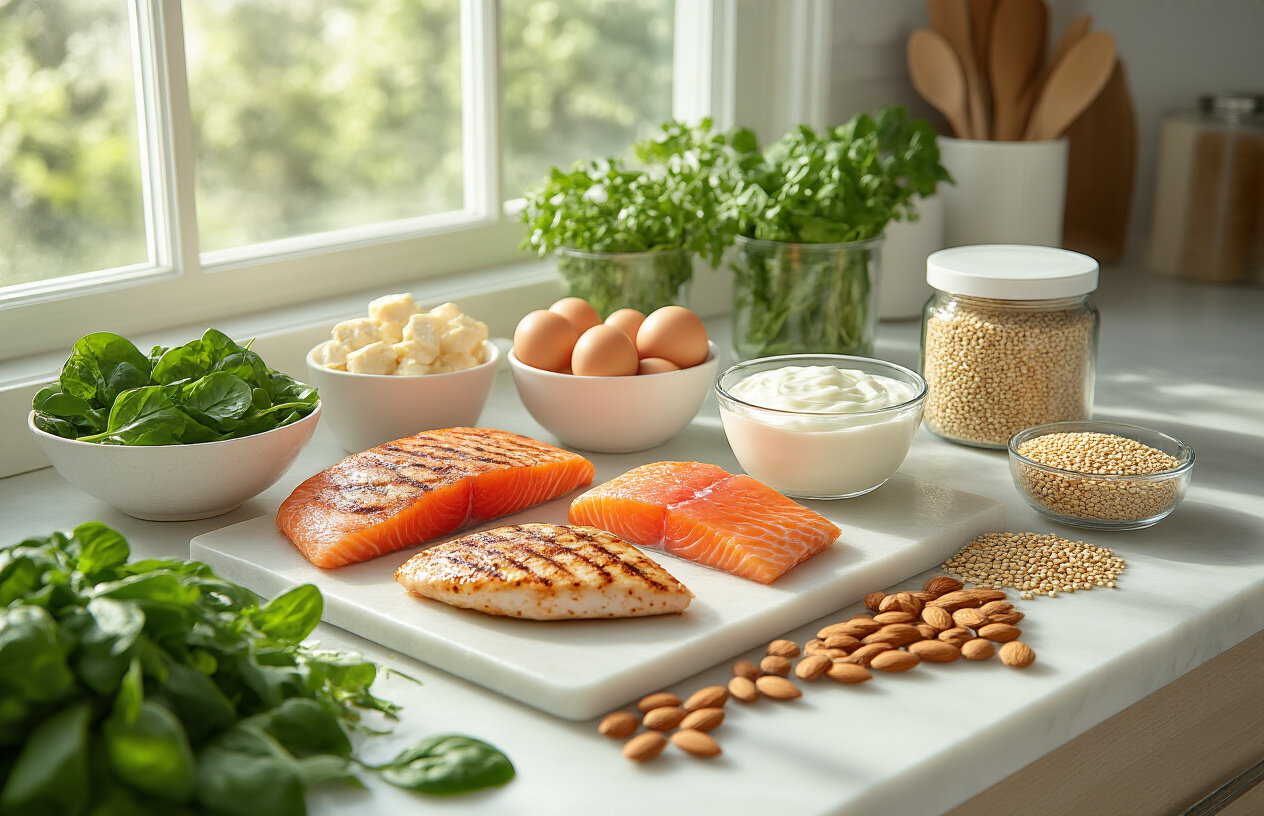
Getting enough protein while dieting doesn’t have to be complicated. Lean meats like chicken breast and fish pack serious protein punches, while eggs give you complete amino acids at an unbeatable price. Plant lovers can count on quinoa, lentils, and Greek yogurt to keep their protein goals on track. The best part? Smart snacking with protein bars, nuts, or cottage cheese can actually speed up your weight loss by keeping you full between meals.
The real game-changer is finding protein sources you actually enjoy eating. Mix and match animal and plant options to keep your meals interesting, and don’t forget that timing matters too. Spread your protein throughout the day rather than loading it all into one meal. Start with one or two protein sources from each category and build your diet around foods that fit your lifestyle and taste preferences.
